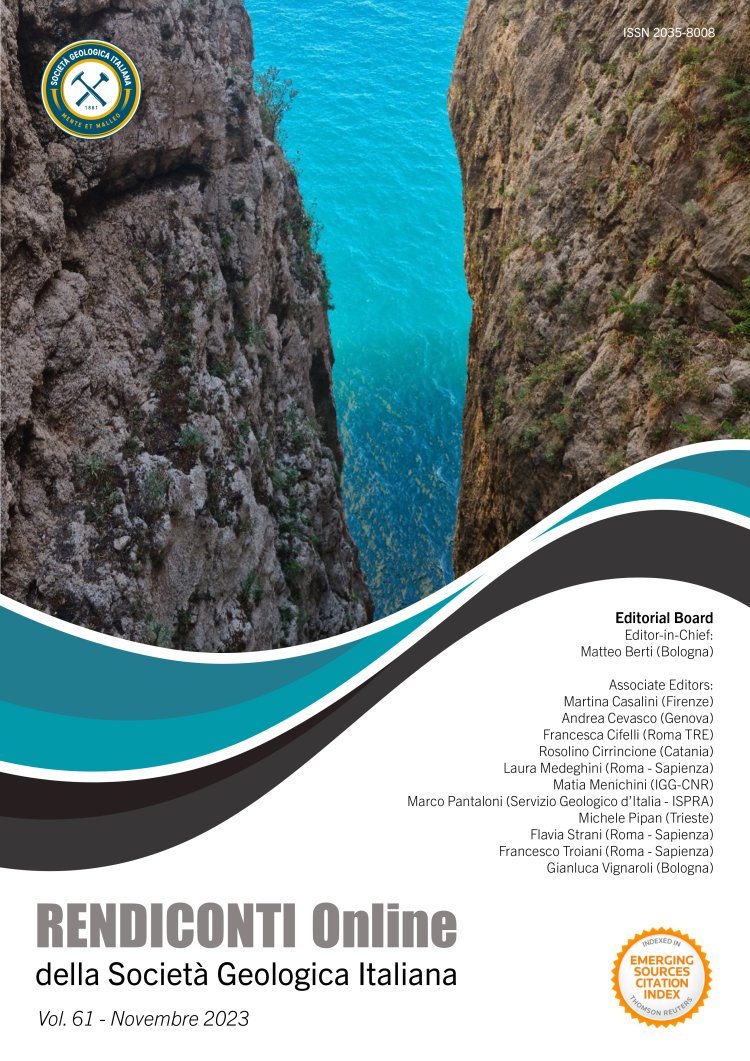

Vein intersection zones and host rock composition as controlling factors in polymetallic ore shoots genesis: insights from the Southern Arburèse five-element (Ni-Co-As-Bi-Ag) vein system (SW Sardinia)
Ignazio Scano1
1Università degli Studi di Cagliari, Dipartimento di Scienze Chimiche e Biologiche, 09042, Monserrato, Italy.
Corresponding author e-mail: iscano91@gmail.com
DOI: https://doi.org/10.3301/ROL.2023.42
Volume: 61/2023
Pages: 17-26
Abstract
Several studies highlighted the role of chemical controls on the genesis of the five-element (Ni-Co-As-Ag-Bi) deposits, such as host rock composition and intersection between different hydrothermal systems. In the Arburèse district (SW Sardinia), located in the Variscan low-grade metamorphic basement intruded by the Arbus (304 Ma) and Mt. Linas (289 Ma) plutons, the hydrothermal veins follow the contact with the Arbus pluton: in the northern part Pb-Zn ores prevail; conversely, in the southern branch they become five-element veins, showing a pinch and swell structure, breccia/cockades textures with alternating enriched (ore shoots) and low-mineralized zones. The overall mineral assemblages are: 1) native Bi and Ni-Co-Fe arsenides-sulfarsenides + quartz; 2) base-metal sulfides and sulfosalts + siderite; 3) late-stage quartz, followed by pyrite and calcite. New surveys in the area pointed out that important ore shoots occur: 1) where the veins are hosted in Silurian black shales, which can act as redox barrier; 2) at the intersection with earlier hydrothermal systems related to the Monte Linas pluton, where selective remobilization of As and Bi may have taken place. The vein system was explored only in its shallower parts, so it is possible that undiscovered ore shoots may be still present at depth.
Keywords
Get Full Text